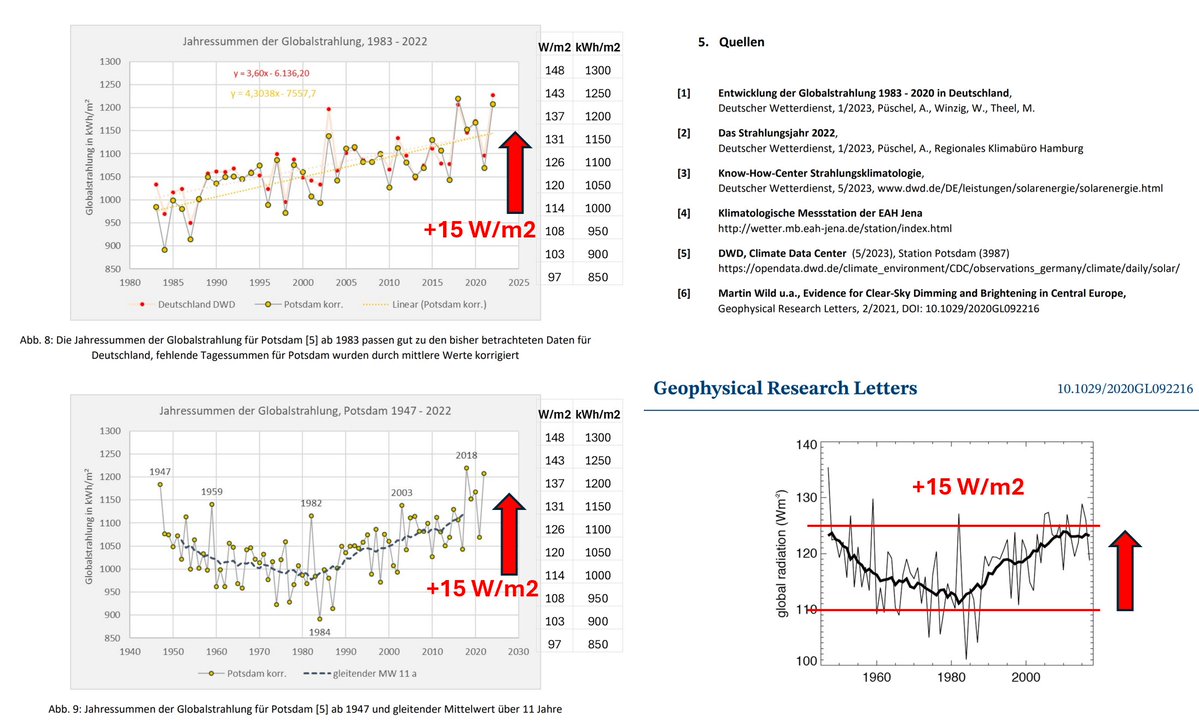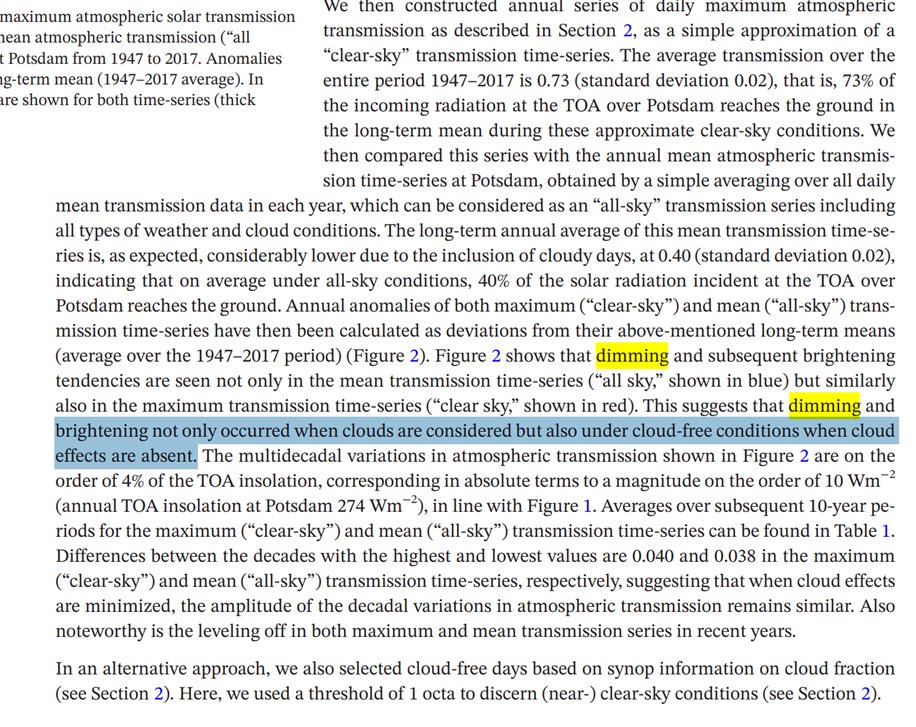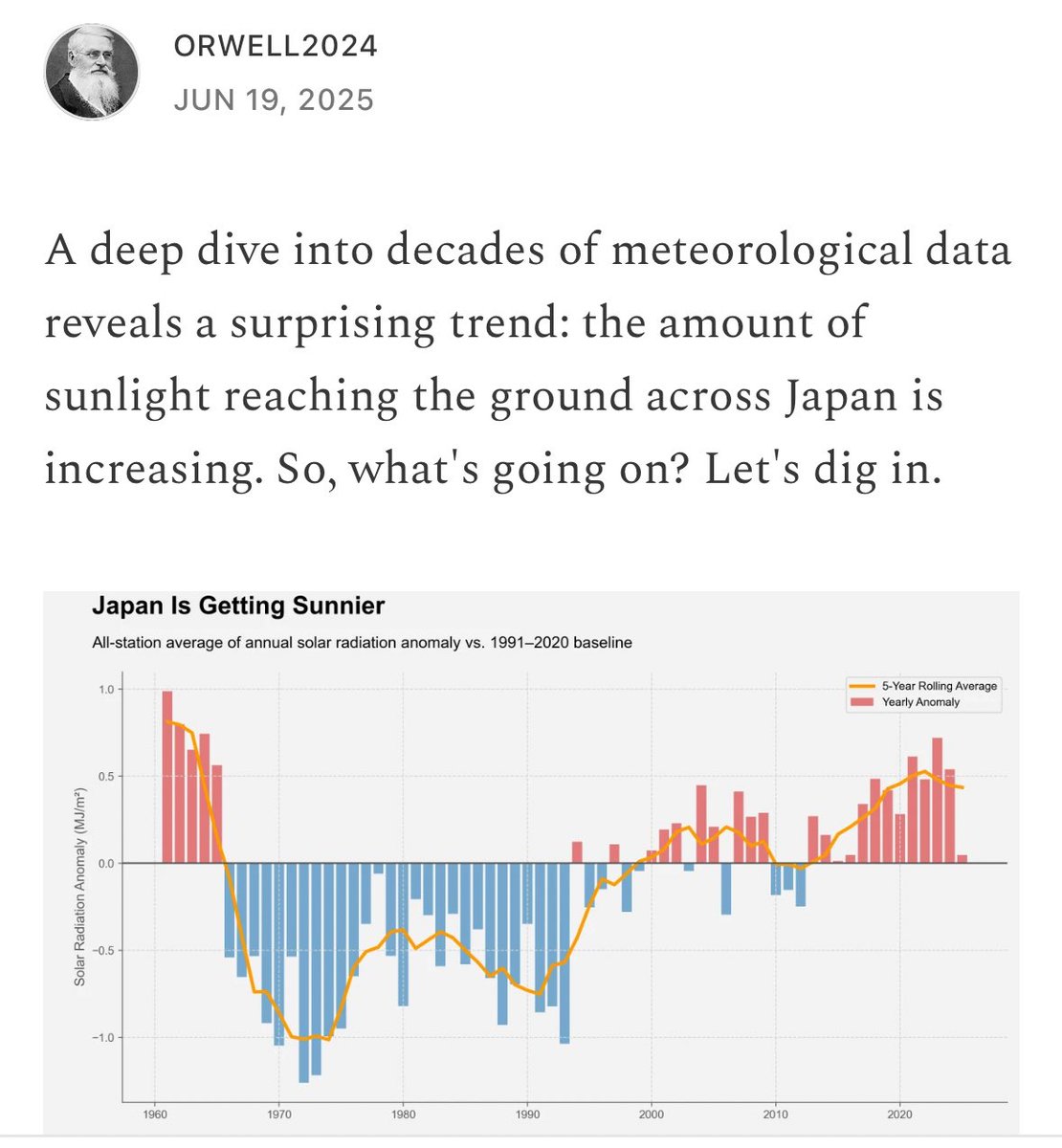1/ Syncing on @prof_shahar on the seasonal mortality.
I use a -26 week offset to define the season (basically September - September)
Let's start with Sweden. I also have one more (20/21) data point as compared with Prof. Shahar plot as I work with Sept-Sept.
I use a -26 week offset to define the season (basically September - September)
Let's start with Sweden. I also have one more (20/21) data point as compared with Prof. Shahar plot as I work with Sept-Sept.
https://twitter.com/prof_shahar/status/1471137377959612417

2/ As a test we overlay.
Note that we have one month different season definitions. Small detail. I used 1st September as it seems to be the historical death minimum over years and countries.
Note that we have one month different season definitions. Small detail. I used 1st September as it seems to be the historical death minimum over years and countries.

3/ Now let's play. More countries.
And here we start to see interesting things like the disastrous performance of AUT, CH, FR on 20/21 season. Surprised me
We learn: locking down in 19/20 season makes 20/21 explode.
@DrJBhattacharya @MLevitt_NP2013 @MartinKulldorff won 👏🏆
And here we start to see interesting things like the disastrous performance of AUT, CH, FR on 20/21 season. Surprised me
We learn: locking down in 19/20 season makes 20/21 explode.
@DrJBhattacharya @MLevitt_NP2013 @MartinKulldorff won 👏🏆

4/ Here again for the "Sweden was wrong" deniers and lockdown fanatics in NL and AUT @rivm @MinPres @hugodejonge @RIVM_vDissel
The last data point is Sept 2020 - Sept 2021
This is how "saving lives" with lockdowns in 2020 (NL and AUT) looks one season later in 20/21. Bad.
The last data point is Sept 2020 - Sept 2021
This is how "saving lives" with lockdowns in 2020 (NL and AUT) looks one season later in 20/21. Bad.

5/Summary: the countries with the hardest lockdown approach in 19/20 season like Slovenia (the role model in May 2020 for "eliminating" Covid), had the worst season in 20/21.
Data shows: You cannot escape seasonal death with lockdowns, just postpone with a worse outcome later.
Data shows: You cannot escape seasonal death with lockdowns, just postpone with a worse outcome later.

6/ Adding a demonstration of calendar year versus flu year importance:
Example Romania deaths.
Left (calendar year): As we can see, the calendar year artificially splits the 2020/2021 peak in two.
Right (flu year): A much better way to define the year is by flu season.

Example Romania deaths.
Left (calendar year): As we can see, the calendar year artificially splits the 2020/2021 peak in two.
Right (flu year): A much better way to define the year is by flu season.


7/ Doing the analysis by flu season (26 weeks offset), the real tragedy of prolonged lockdowns become very clear on the July 2020 - July 2021 time frame analysis. The excess was explosive in lockdowned countries.
Sweden being right in one picture 👇.
Sweden being right in one picture 👇.

• • •
Missing some Tweet in this thread? You can try to
force a refresh
























